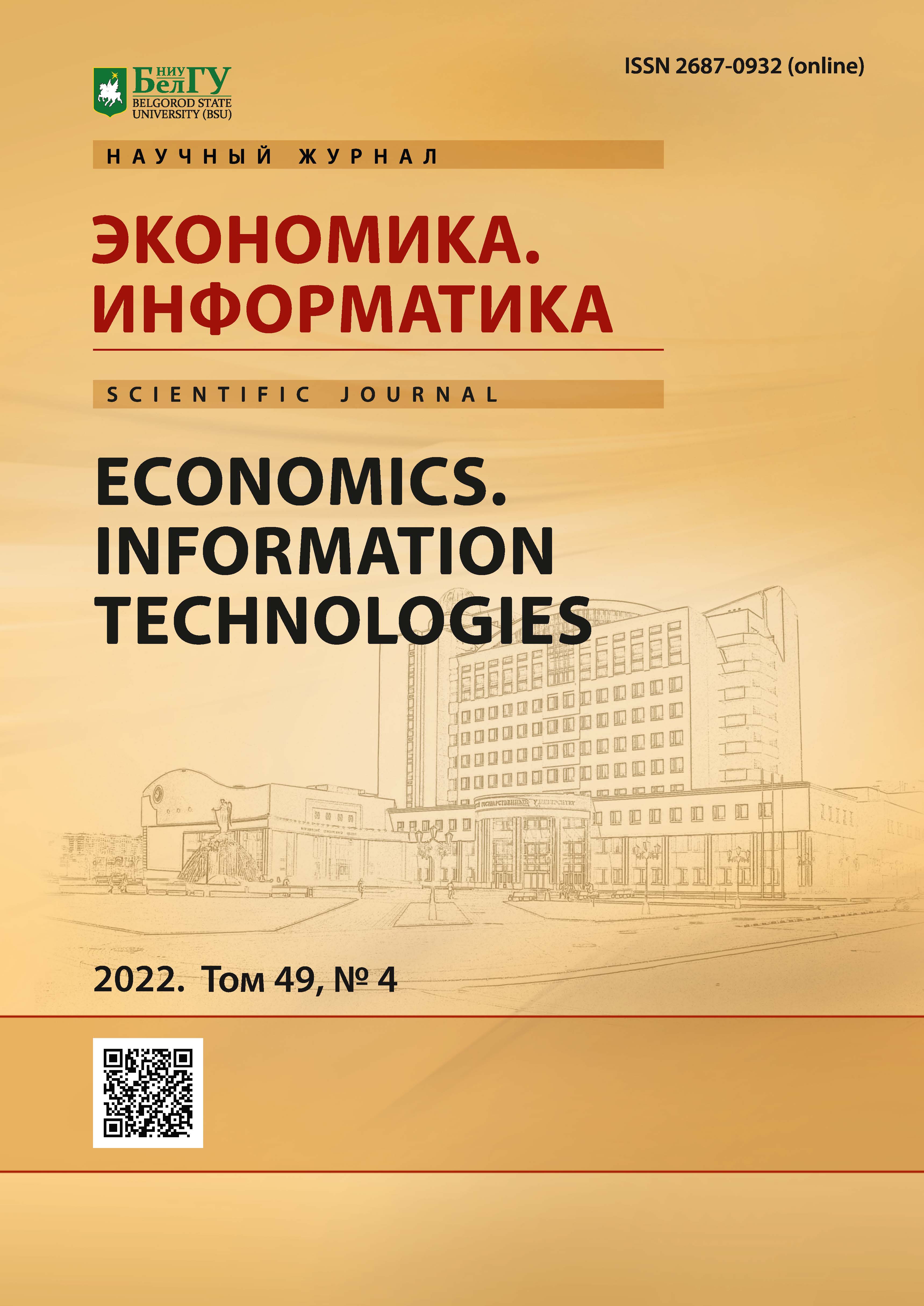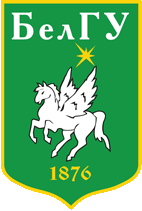On the Development of an Adaptive Educational Platform Using Machine Learning Technologies
DOI:
https://doi.org/10.52575/2687-0932-2022-49-4-810-819Keywords:
artificial neural network, machine learning, adaptive educational platform, educational content, recurrent neural network, natural language processingAbstract
The article discusses the creation of an adaptive automated platform for teaching a foreign language, using the example of the English language. The adaptability of the system lies in the formation of educational content in the form (graphics, sound, text) that is most convenient for the student. To implement the mechanism for determining the most convenient form of educational content, several architectures of artificial neural networks are used, which are trained on prepared data. The data for training artificial neural networks includes a text – an essay written by a student and a student category identified as a result of passing a specialized test. Four categories of students are considered: audial, visual, kinesthetic, digital. Using the developed and trained artificial neural network, a prototype of a web-based software platform was created that "offers" the student to write a short essay in a foreign language, after which this text is processed by a recurrent artificial neural network, which, in turn, refers the student to one from four classes. Further, depending on a certain category of the student, educational content is formed in a form convenient for him. At the same time, testing of trained neural networks shows that the volume of the training sample is not sufficient, so in the future it is planned to form a more saturated training sample to implement better training of the artificial neural network.
Acknowledgements: the article was prepared with the financial support of the Ministry of Science and Higher Education of Russia, state assignment No. 0657-2020-0009.
Downloads
References
Balalaie A.; Heydarnoori A.; Jamshidi P. 2016. Microservices Architecture Enables DevOps: Migration to a Cloud-Native Architecture. IEEE Software, 2016, Vol. 33, no. 3: 42-52.
Beazley D. M. 2009. Python Essential Reference. 4th Edition. Addison-Wesley Professional, 2009, 717 p.
Chen X., Liu X., Gales M.J.F., Woodland P.C. 2015. Recurrent neural networklanguage model training with noise contrastive estimation for speechrecognition. In Acoustics, Speech and Signal Processing (ICASSP): 5411 – 5415.
Chodorow K. 2013. MongoDB: The Definitive Guide, 2nd Edition. O’Reilly, 2013, 432 p.
Gers F. A.; Schmidhuber J. 2001. LSTM Recurrent Networks Learn Simple Context Free and Context Sensitive Languages. IEEE Transactions on Neural Networks, 2001, Vol. 12, no. 6:1333—1340.
Graves A., Liwicki M., Fernandez S., Bertolami R., Bunke H., Schmidhuber J. 2009. A Novel Connectionist System for Improved Unconstrained Handwriting Recognition. IEEE Transactions on Pattern Analysis and Machine Intelligence, vol. 31, no. 5.
Karol P. 2017. Review of the Socionic Model of Information Metabolism at Individual, Interpersonal and Societal Levels. SSRN Electronic Journal, doi:10.2139/ssrn.3001323.
Kuprieva I.D., Lazareva N., Serkina O., Romashina O., Filonova Y.G. 2020. Lexical-Semantic Analysis of English Phraseological Units with Phytonym Component. Journal of Research in Applied Linguistics, 2020, 11(SpecialIssue): 425–429.
Lai S., Xu L., Liu K., Zhao J. 2015. Recurrent Convolutional Neural Networks forText Classification. AAAI: 2267 – 2273.
Manning C.D., Schutze H. 1999. Foundations of statistical natural language processing. MIT press, 1999.
Matusugu M., Katsuhiko M., Yusuke M., Yuji K. 2003. Subject independent facial expression recognition with robust face detection using a convolutional neural network. Neural Networks, 2003, Vol. 16, no. 5: 555—559.
Zhikharev A.G., Deeney I.A., Igrunova S.V., Klyuchnikov D.A., Frolova A.Y. 2021. To the development of intelligent adaptive learning systems. Journal of Physics: Conference Series 2060 (1), 012012.
Маккини У. Python и анализ данных (пер. с анг. А.А. Слинкина). М.: ДМК Пресс, 2020, 540 с.
Маторин С.И., Жихарев А.Г. 2018. Формализация системно-объектного подхода «Узел-Функция-Объект». Прикладная информатика, 2018, Т. 13, № 3 (75): 124-135.
Маторин С.И., Жихарев А.Г. 2019. Системно-объектный подход как основа общей теории систем. Научные ведомости БелГУ. Сер. Экономика. Информатика, 2019, Т. 46, № 4: 717-730.
Пойнтер Я. 2020. Программируем с PyTorch: Создание приложений глубокого обучения. СПб.: Питер, 2020, 256 с.
Чиннатамби К. 2019. Изучаем React. СПб.:Питер, 2019, 368 с.
Шейнов В. 2001. Скрытое управление человеком. М.: ООО "Издательство АСТ", Мн.: Харвест, 357 с.
Шолле Ф. 2018. Глубокое обучение на Python. СПб.: Питер, 2018, 400 с.
Шолле Ф. 2018. Глубокое обучение на R. СПб.: Питер, 2018, 400 с.
Abstract views: 200
Share
Published
How to Cite
Issue
Section
Copyright (c) 2022 ECONOMICS. INFORMATION TECHNOLOGIES

This work is licensed under a Creative Commons Attribution 4.0 International License.


